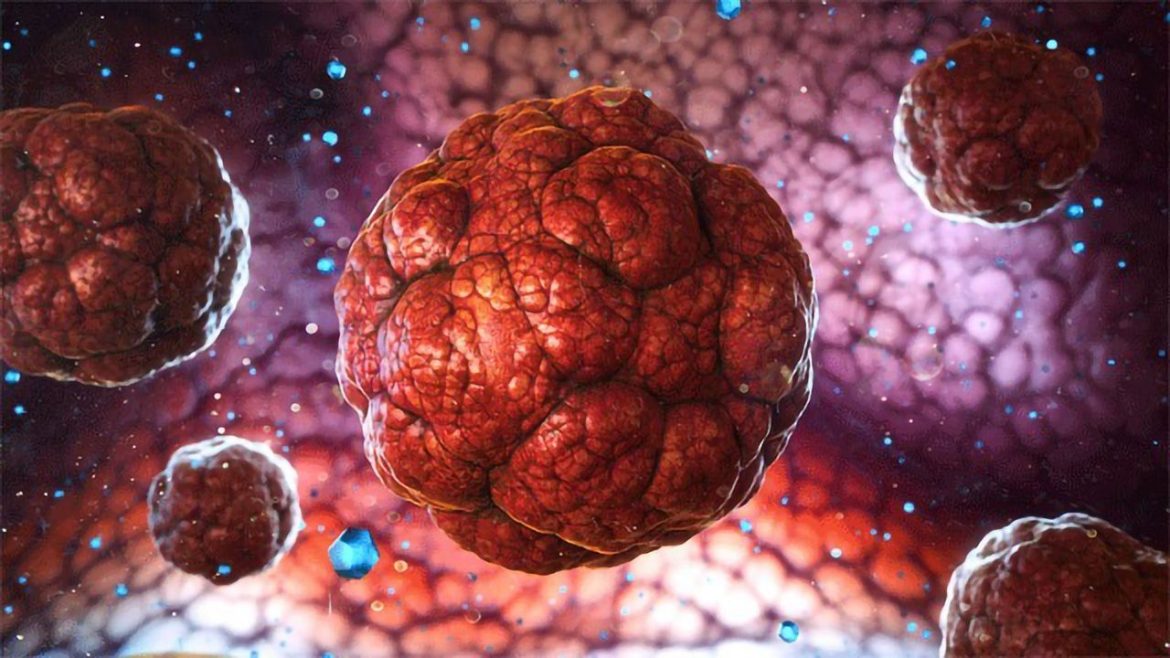Cancer cells employ sugar molecules on their surface to thwart immune system responses. Researchers have recently reported on how to disable this function.
The immune system is really quite capable of eliminating aberrant cells. Special traits are put into healthy cells as a safety measure so that the immune system identifies them, preventing an unintentional attack. Cancer cells, on the other hand, subtly modify these safety systems so that the immune system ignores them. Immunotherapies have transformed cancer treatment in recent years. These include treatments that prevent cancer cells from interfering with the immune system.
This includes employing artificially created proteins to block what are known as “immune checkpoints,” allowing immune cells to successfully target cancer cells.
“However, there has only been limited success with many cancers. That is why we are exploring for innovative methods to more effectively activate anti-tumor immune responses “Professor Heinz Laubli of the University of Basel’s Department of Biomedicine and the University Hospital Basel says. His team, together with that of recent Nobel winner Professor Carolyn Bertozzi of Stanford University, reports on a potential new strategy in the specialised journal Science Translational Medicine. The researchers were able to significantly improve anti-tumor immune response by changing sugar molecules on the surface of cancer cells in mice.
Their attention is drawn to sugar molecules on the surface of cancer cells as well as cells in their near surroundings. These sialic acid-containing sugars are also found on healthy cells and play a crucial role in cell-to-cell communication. Tumors, on the other hand, increase the percentage of these sugars on their surface.
Certain immune cells known as macrophages identify these sialic acid sugars and mistakenly turn traitor, giving the impression that everything is fine to other adjacent immune cells. Experiments on mice by the study team have now shown that sialic acid sugars may be eradicated, or at least much reduced, with the assistance of an enzyme. This suggests that the macrophages are no longer preventing the tumour from being attacked by the immune system.
More accurate analysis have allowed the researchers to discover which receptor on macrophages detects sialic acid carbohydrates in mice. If a human comparable receptor can be found, it might be another potential target in the fight against cancer cells using the patient’s own immune system.
“By combining our strategy with already proven immune checkpoint blocking strategies, we were able to significantly slow tumour development in laboratory animals,” explains Professor Laubli. The researchers’ next goal is to find ways to remove sialic acid sugars from the tumour and its environs in as focused a way as possible, in order to prevent disturbing the function of healthy cells and avoiding adverse effects.





